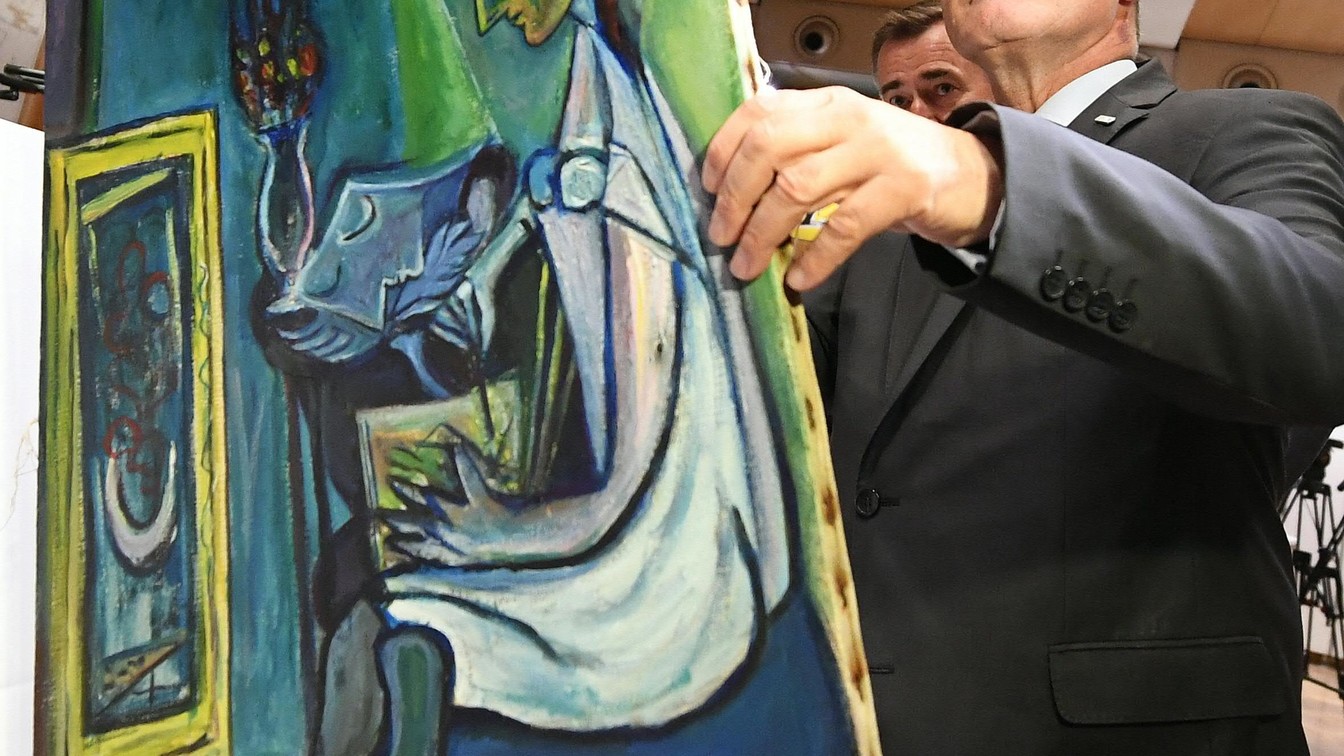

From the perfect deceptions by the irreverent 'king of counterfeiters', Icilio Federico Joni, to the theft of paintings replaced by counterfeit copies or more simply by posters (such as the sensational case of Matisse's 'Odalisque in red trousers' in the Caracas museum, replaced with a copy between 1999 and 2002 and discovered only in 2003): since ancient times, art has always had to contend with forgery and counterfeiting and, even for the most trained and expert eye, it has never been easy to distinguish copies from originals.
But today, science comes to our aid in identifying art forgeries. This is explained by professors Ilaria Degano and Maria Perla Colombini from the Chemistry and Industrial Chemistry department at the University of Pisa, together with Austin Nevin of the Courtauld Institute of Art in London, in the book Analytical Chemistry for the Study of Paintings and the Detection of Forgeries published by Springer. The book takes stock of the most innovative scientific methods that can help verify the authenticity of a painting.
“In our laboratories, research goes hand in hand with field work,” says Ilaria Degano. “A few years ago, for example, we helped to authenticate a Picasso by comparing the composition of the binder used with the composition - known in the literature - of some painting materials from the archives of the manufacturers that the painter used. Through this comparison, we were able to verify that not only were the materials compatible with the presumed production period of the painting - therefore there was nothing that had been synthesized, produced, marketed, patented later - but that there was even a very precise match in terms of compositional profile.”
“We are often referred to for works by impressionists,” continues Degano, “and it has happened more than once that we have identified organic pigments that were patented and marketed after the date of death of the painter presumed to be the author of the painting. Therefore, in these cases, we had to give the client the bad news that the material was incompatible with the dating of the work.”
The analytical techniques for characterizing binders, paints and pigments, used in the laboratories at the University of Pisa - as in the case of the Picasso documented in a 2019 study in the Journal of Cultural Heritage - are just some of the options available. This book published by Springer presents a complete and updated overview of non-invasive and micro-invasive methods. They range from photographs in various radiation ranges - such as infrared and X-rays - to multi- and hyper-spectral imaging, artificial intelligence to analyze the style of the brushstrokes, radiocarbon dating and the study of isotopes.
Fakes, today as in the past, are a problem for art historians, museums, galleries and curators. The value of the works and the growing skill of the forgers highlight the need to develop reliable scientific procedures to identify forgeries. But, “given the complexity of the individual cases,” concludes Maria Perla Colombini, “we need to converge various disciplines to achieve a methodological approach based on historical-artistic, curatorial, aesthetic, technical and scientific evaluation.”